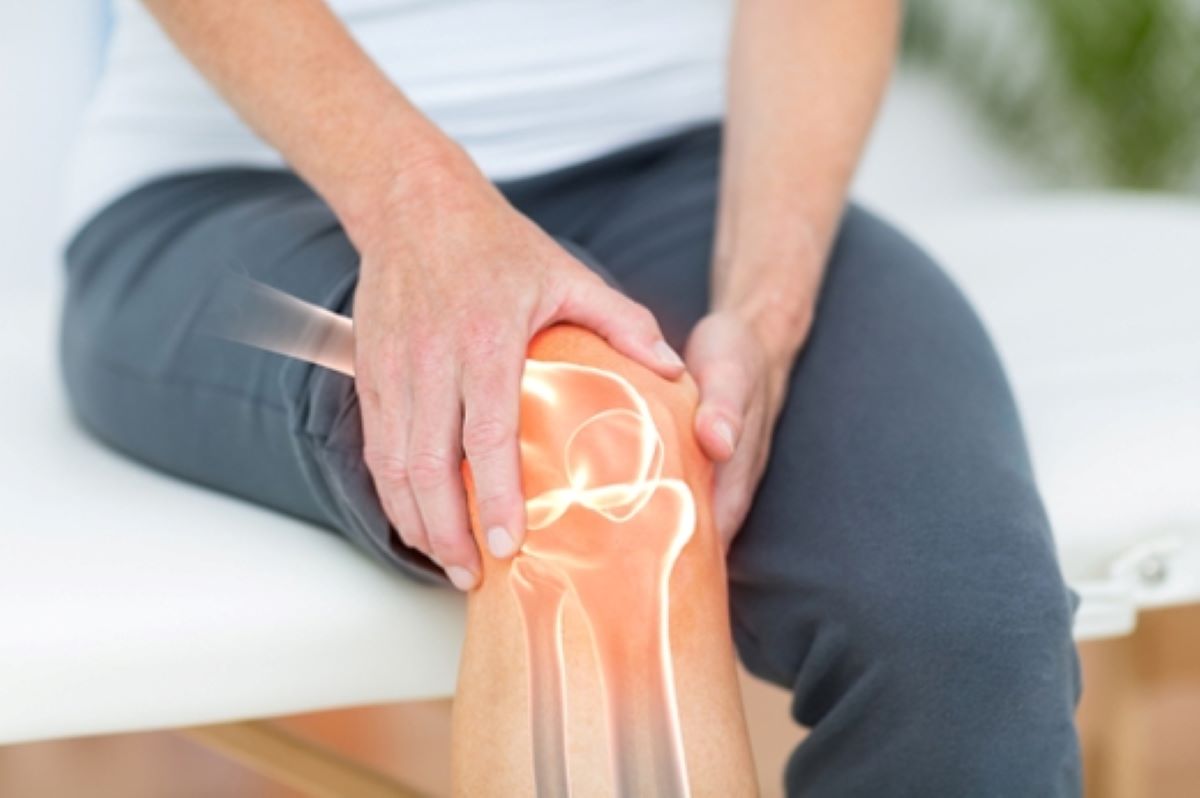
The knee is one of the most complicated and used joints in the body. Because of this, it is more likely to get injuries like tendon tears and cartilage damage. These injuries can be caused by sports, getting older, or crashes. They can cause long-term pain, swelling, and trouble moving. In the past few years, stem cell therapy has become a promising choice for people who want to avoid surgery. But can stem cells really fix knee ligaments and cartilage that have been torn?
Contents
Understanding Knee Injuries
When someone gets hurt, ligament and joint injuries are some of the hardest to treat. The anterior cruciate ligament (ACL) and the medial collateral ligament (MCL) are two important ligaments in the knee that keep the joint stable while it moves. When these muscles are torn, they don’t get enough blood flow, which makes it hard for them to heal on their own. In the same way, cartilage, which cushions and smooths out joint action, doesn’t heal itself very well.
Physical therapy, corticosteroid injections, and surgery are all common ways to treat pain or replace tissue that has been harmed. But these methods might not fully restore function or might take a long time to heal. Because of this, people are becoming more interested in regenerative medicine methods like stem cell treatment.
How Stem Cell Therapy Works
Stem cell therapy uses the body’s own ways to fix itself. It is possible for stem cells to change into different types of cells, such as cells that make bone, cartilage, or ligaments. They can help a muscle heal and reduce stiffness when put on a hurt area, like the knee.
As a rule, stem cells for the treatment come from the patient’s bone marrow or fat. These cells are then processed and injected into the affected knee under precise medical guidance. Over time, the stem cells may promote the growth of new, healthy tissue, supporting the body’s natural healing process without invasive surgery.
For more detailed information on this treatment process and its potential benefits, you can explore https://stemcellpowernow.com/stem-cell-therapy-for-knees/, which provides insights into how regenerative therapies are transforming knee care.
Benefits of Stem Cell Therapy for Knee Repair
Compared to other methods, stem cell therapy has a number of benefits. First, it is minimally invasive, reducing the need for surgery and lengthy rehabilitation. Second, it may help address the underlying damage rather than just masking symptoms. Patients often report improvements in pain, joint function, and mobility within weeks or months of treatment.
Another benefit is that stem cells help modulate inflammation, which plays a key role in slowing or preventing further joint degeneration. For athletes or individuals with active lifestyles, stem cell therapy can provide a faster return to normal activities while preserving joint integrity.
Limitations and Realistic Expectations
Even though stem cell therapy has a lot of promise, it’s important to keep your expectations in check. Not every injury heals the same way, and the level of recovery can change based on age, injury severity, and general health. Stem cell treatment might not be able to fully replace surgery for fully torn ligaments or advanced cartilage loss, but it can still help with function and pain.
Also, the way we study stem cells is always changing. Clinical trials are still being done to make sure that the best doses, the best ways to deliver the drug, and its long-term benefits are safe and useful. Before choosing a treatment, patients should always talk to regenerative medicine experts with a lot of experience.
The Future of Regenerative Knee Treatments
As medical science advances, the potential applications of stem cells for orthopedic care continue to expand. Researchers are exploring ways to combine stem cells with growth factors, scaffolds, and platelet-rich plasma (PRP) to enhance repair and regeneration further. This integrated approach could redefine how we treat joint injuries in the coming years.
Final Thoughts
Stem cell therapy is a huge step forward in the way that knee ligament and cartilage problems are treated. It might not work for everyone, but it’s a good option for people who want to heal naturally and cut down on their recovery time. Stem cells could become an important part of modern orthopedic recovery if they are studied more and used carefully. They could help people return their mobility, strength, and quality of life without having to undergo invasive surgery.